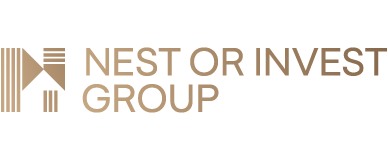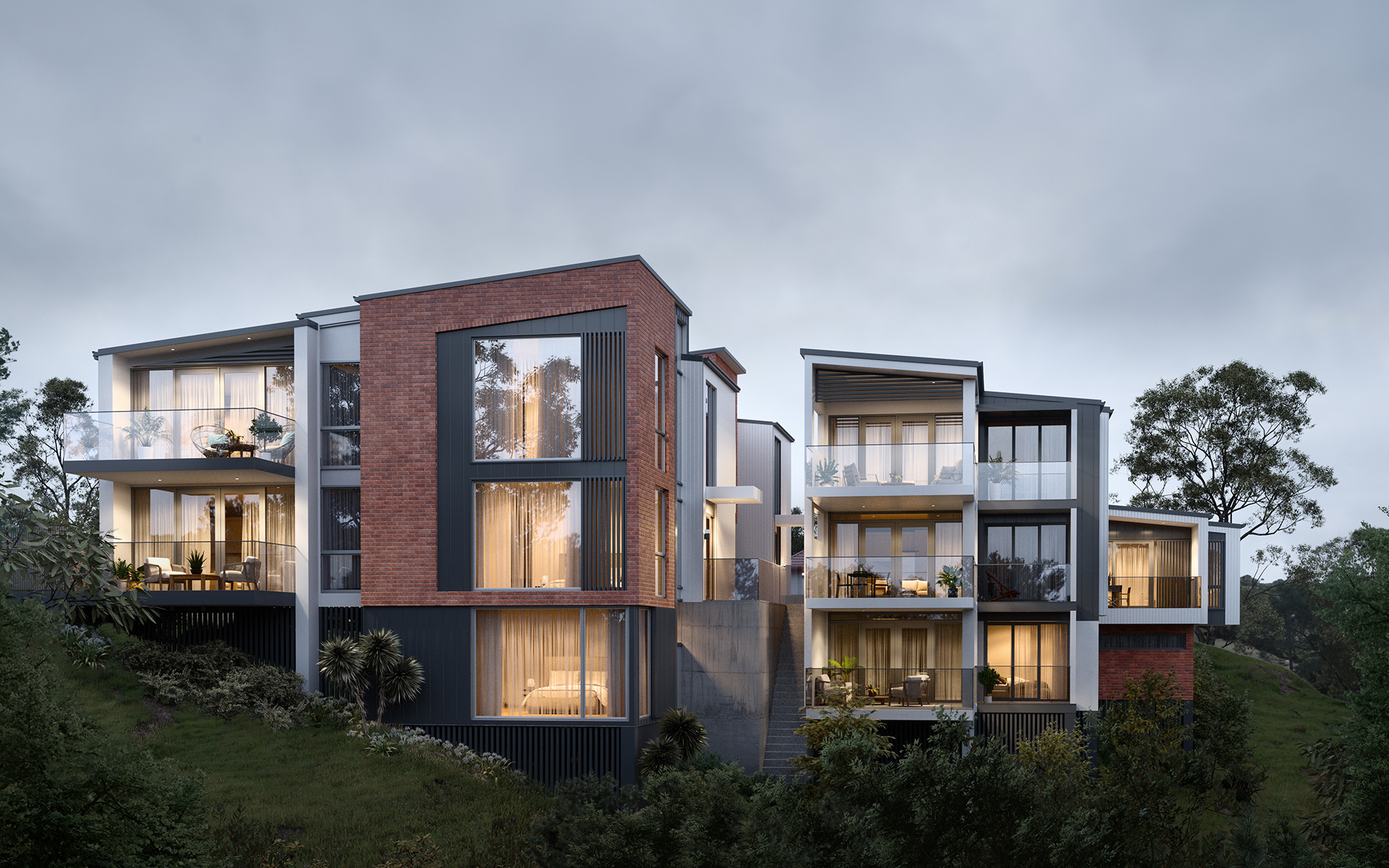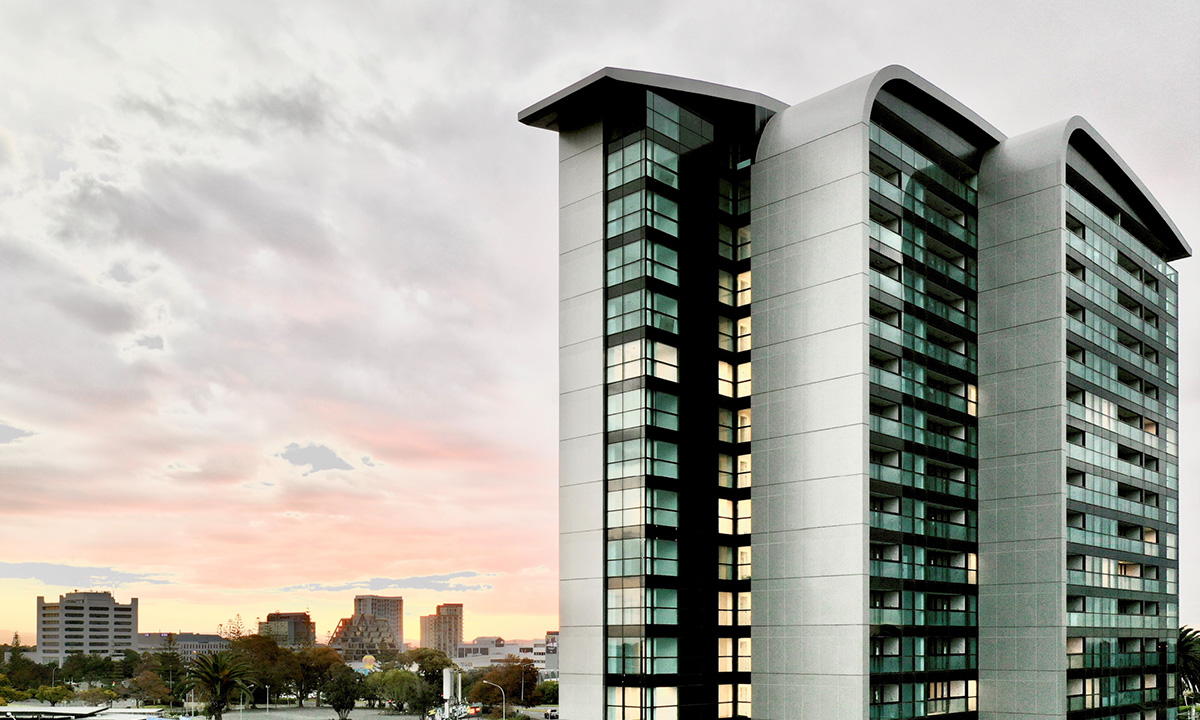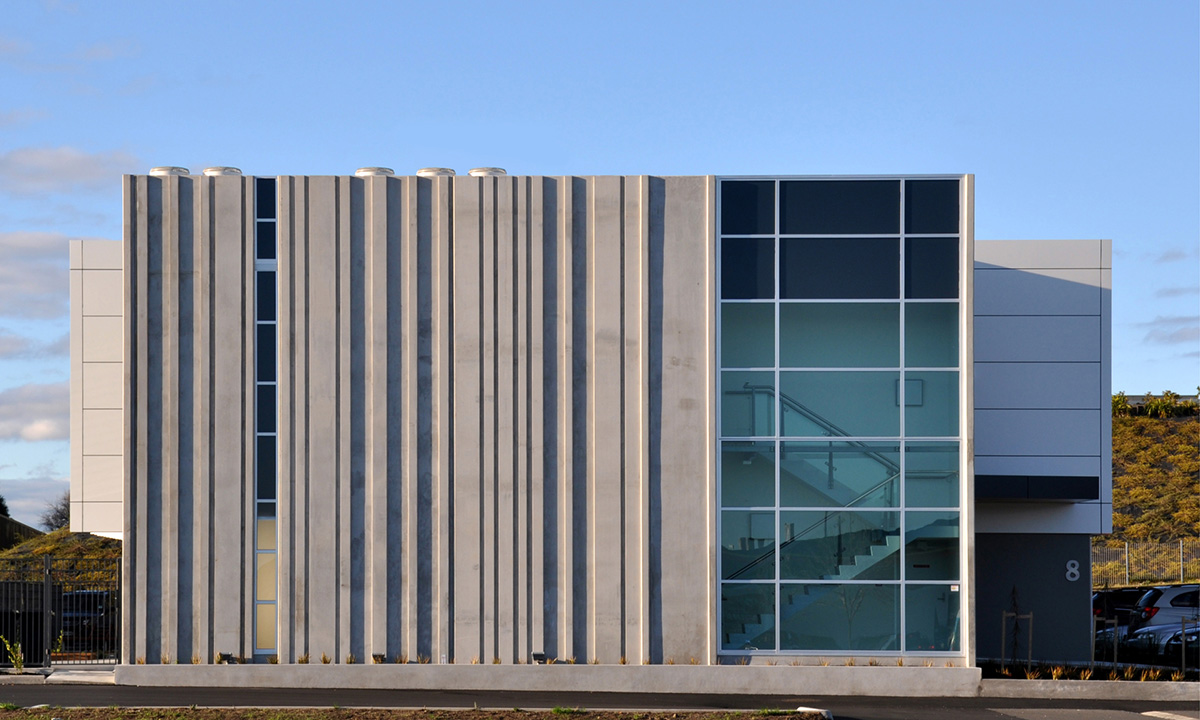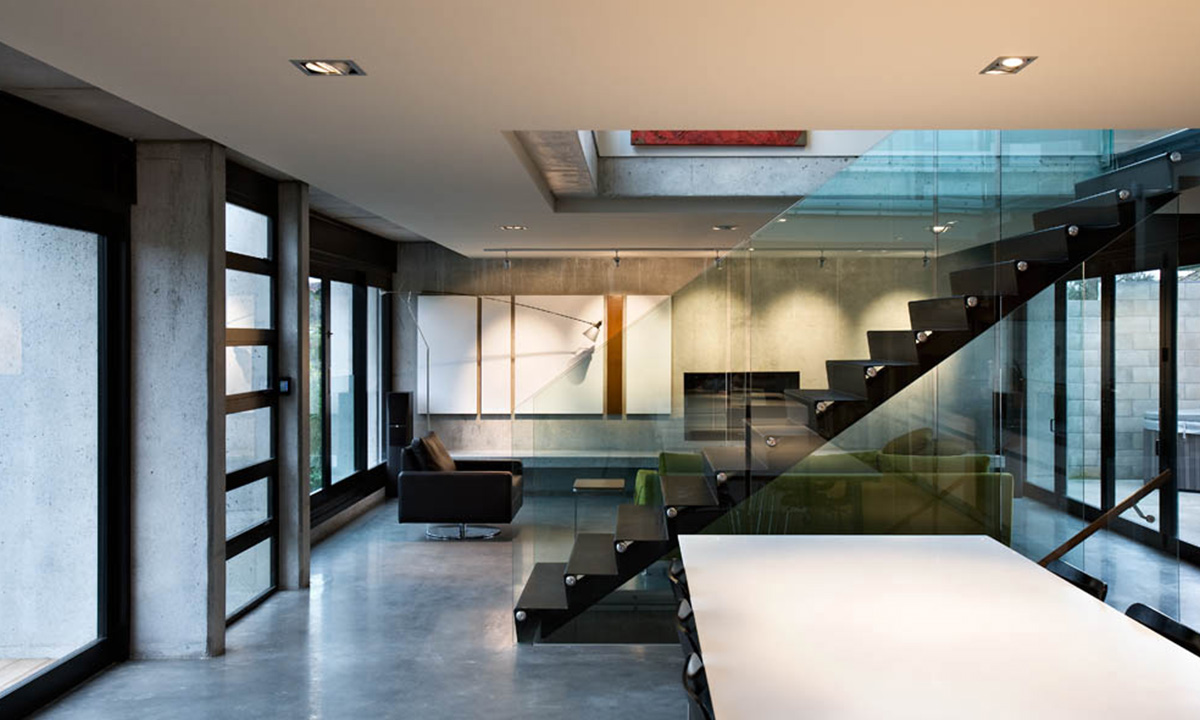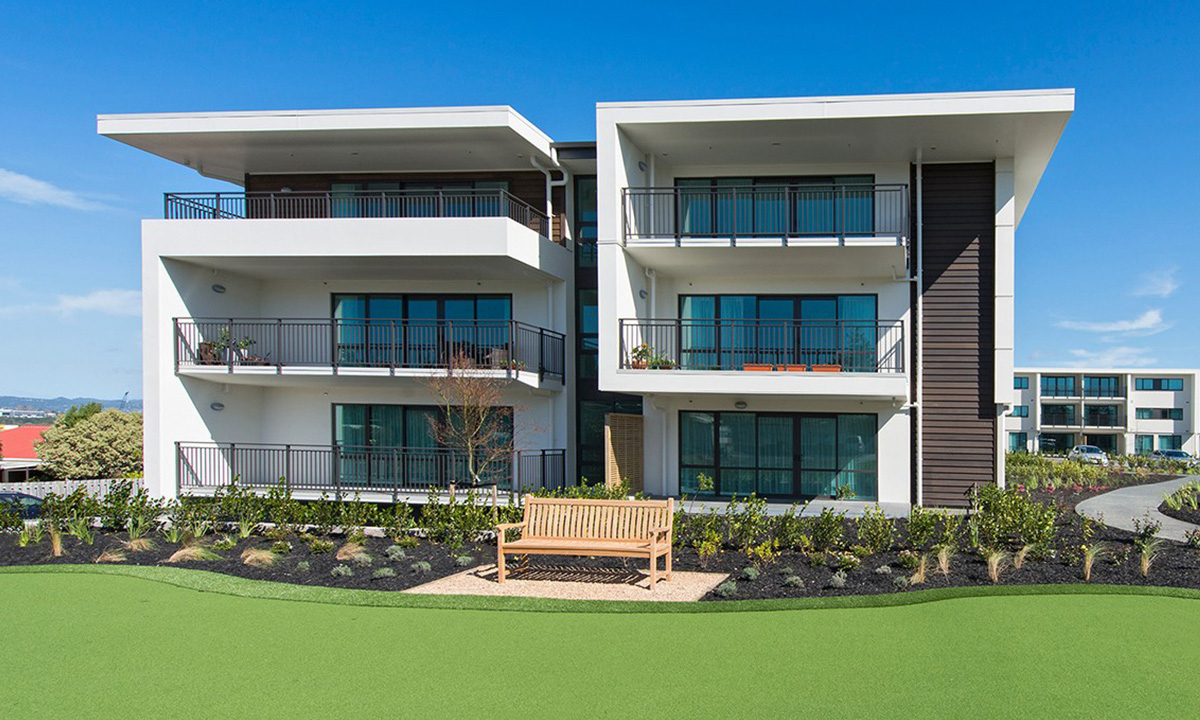On all our developments we are so grateful to work leading experts in their field – and like any development, it all comes down to design. So of course, one of the first steps is always engaging with an Architect who is going to breathe life and help to form the vision for a new project.
We have been working with the talented Steve King and his team from Archimedia Waikato on our last project Alfred Residences, as well as some of our upcoming projects.
Steve has been creating great spaces for over 25 years, from directing the Archimedia team in Auckland, before heading to Hamilton to starting up Archimedia Waikato his knowledge, skill and a sharp eye for the perfect design has only grown and over his years of experience.
So how does the process work with an Architect?
We all know an architect is a creator, and designer of a building or structure – but in a nutshell can you explain your vision of how an Architect works and how you work in with a developer or even a homeowner?
Design is obviously a key element of our role and the one most people would associate architects with. What many people don’t realise is, apart from providing the initial design and then Resource and Building Consent documentation, architects can also provide assistance with the building procurement. That is, organising the building Contract, overseeing tendering and then providing construction observation and contract administration.
The role we undertake is determined by what the Client is trying to achieve. A key consideration for me is to understand the Client’s drivers for undertaking the project and to tailor our response and advice to fit.
I have worked with Clients in many contexts and while we have provided full-project service as described above, we have also undertaken projects where we have only provided service up to the receipt of Building Consent, or sometimes, just to Resource Consent. Upon occasion we just do bulk and location work, to assist Clients to understand what type of development could be established on a site and what yield might be achieved. This is often done during a due diligence period, to help a Client determine whether a site is suitable for the type of development they have in mind. We like to develop ongoing relationships with our Clients – 85% of our current workload involves repeat business.
The key to a successful outcome is to treat each project as individual and specific, not to come to the table with preconceived ideas or solutions. This involves listening, assimilating and advising. I see myself as a problem-solver; my role is to take the unique set of project variables – site, functional brief, financial and planning constraints, aspirations and to create a balance between these elements that gives the best possible outcome for the Client.
The ideal result is a project that delivers more than the Client asks for or expects, one that is more than the sum of its parts. The best type of design is one that is built around a “story”, an organising theme that gives meaning to the design concept and which informs all elements of the built form, right down the finer details.
When engaging with a client how do you gain inspiration for your design – what aspects do you look at to inspire you, is it the landscape, trends, regulations or client specifications?
There is no one-size-fits-all approach to design, as every project has different parameters and presents different challenges. To me, the unifying thread is the Client’s aspirations. I believe the role of the architect is to understand and channel these, rather than to direct a project towards the architect’s own agenda. Any or all of the drivers mentioned could be relevant to a specific project.
Site is certainly a key. Designs need to be site-specific, to respond to the particular opportunities that the site provides. As I have said, it is important to have an underlying theme for design.
The features of the site and its surrounding landscape, including key vistas, can be generators for this design framework, but a successful project is also the realisation of some part of the Client’s own sense of identity. Listening to and understanding the Client is the key to unlocking an architectural solution that has meaning for them.
What would your advice be for someone looking to engage with an architect – what is 3 things they should have ready before getting in touch?
Choose an architect you get on with – someone you feel is listening to you, rather than dictating to you. The design process should be a dialogue and it should feel like teamwork.
Three things to have ready: a site, a budget and a brief (in its simplest form, an idea of what you want to achieve!)
Where do you see the future of Architecture going in terms of design and materials used – does sustainability play a part here?
Architecture is a fluid and multi-layered discipline, both steeped in tradition and forward-thinking. It is instrumental in how people live and work, having the potential to influence social interaction and social change. There has been a recent movement towards more compact living options, from the “tiny house” movement, to apartment living and infill housing options. This trend is likely to continue, as space and resources become more precious. The range of options for living and for work will grow, as people adapt to different ways of living. Architecture can help mediate these changes and can also be a catalyst for change.
At the same time, the general awareness of environmental issues has gained focus. In the last few years, there has been a perceptible movement toward more sustainable materials within the building industry. “Green” accreditation of products is growing and the benchmarking and rating of sustainable design more commonplace. This can only be seen as positive, as it will result in better outcomes for the planet as well as better quality built environments.
What is your favourite part of the process – is it the beginning, midway or seeing the finished product ( or something else?)
I enjoy all stages of the architecture process to some extent, but for most projects, the start and the finish are my favourite elements.
I enjoy the challenge of solving a site, of creating a concept that is individual, tailored to the environment and specific to the Client. It is particularly rewarding if the solution exceeds expectations (both the Client’s and my own!).
The end of a project can also be rewarding, as the finished product is measured against the initial idea. I tend to be my own harshest critic in this regard though, as I will often see the small details that slipped through the cracks, rather than the picture as a whole!
